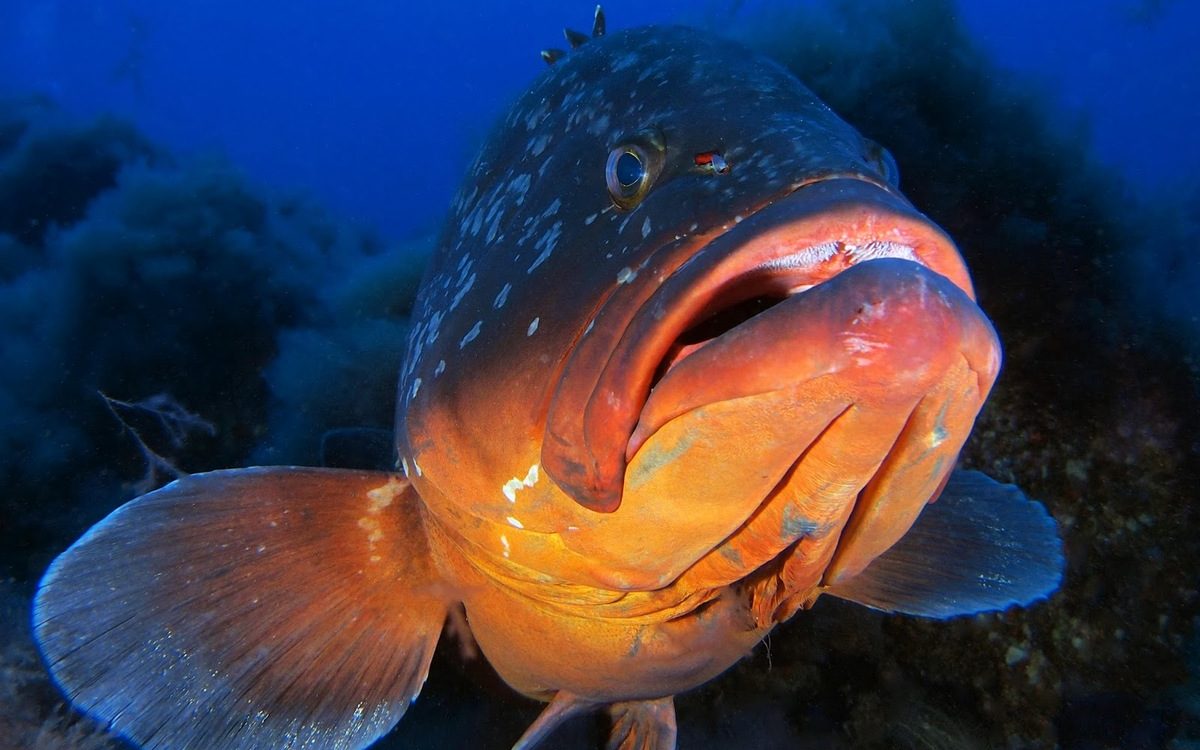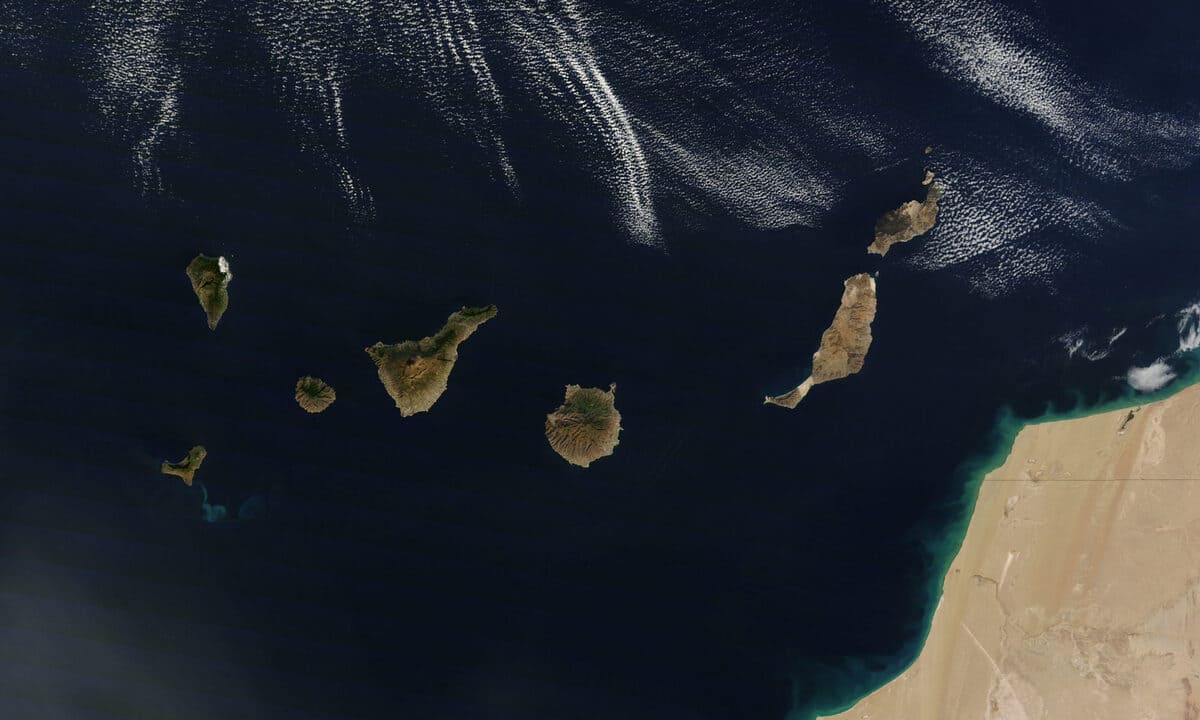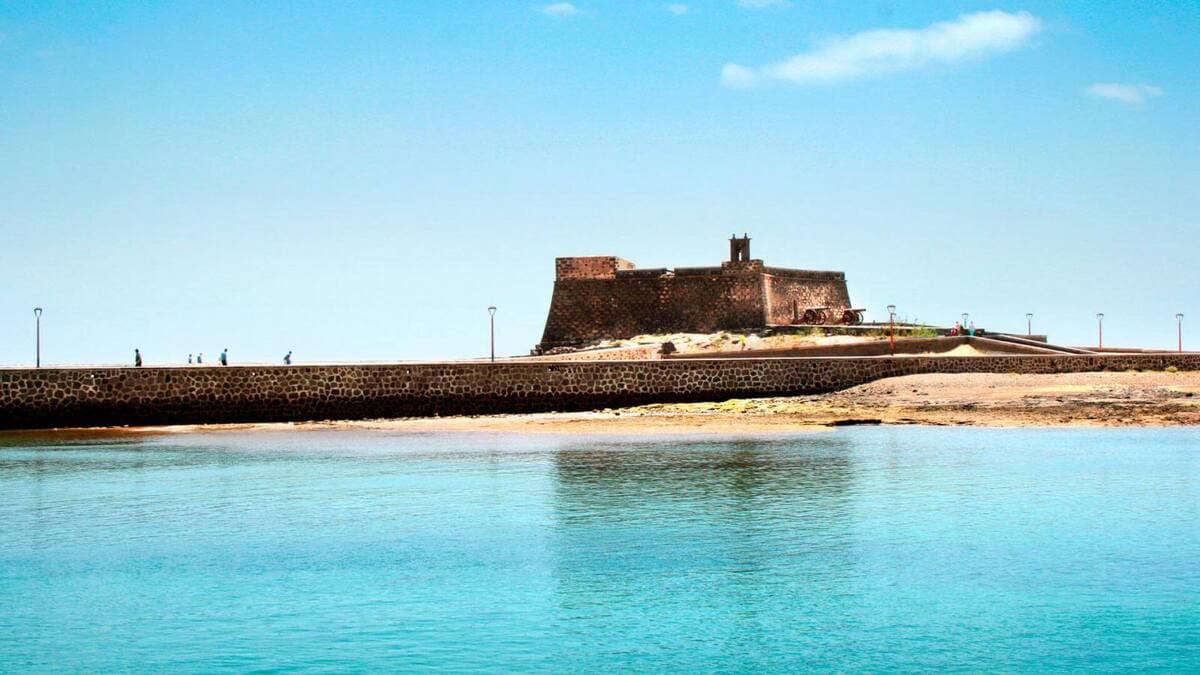Its uniqueness and landscapes make the island of El Hierro the perfect setting for a multitude of stories and legends. These are part of the heritage of the Canary archipelago. In this article we will talk about one of the most famous Canarian legends, which has as its main scenario the "Isla del Meridiano": El grito de Ferinto.
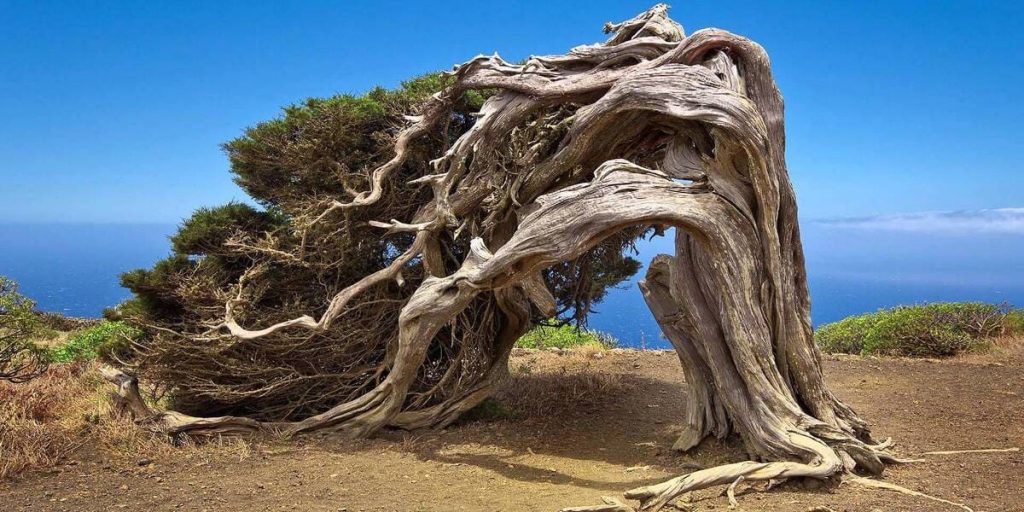
El Hierro, the westernmost island
El Hierro is the westernmost and southernmost island of the Canary archipelago. With barely ten thousand inhabitants and an area of about 280 square kilometers, it is also the second smallest island after La Graciosa.
The coastline is quite steep. At many points it has large and rocky cliffs, almost inaccessible, which are precisely one of the most striking geological phenomena. However, the island's landscape is quite varied and also abounds with grasslands and thick subtropical vegetation.
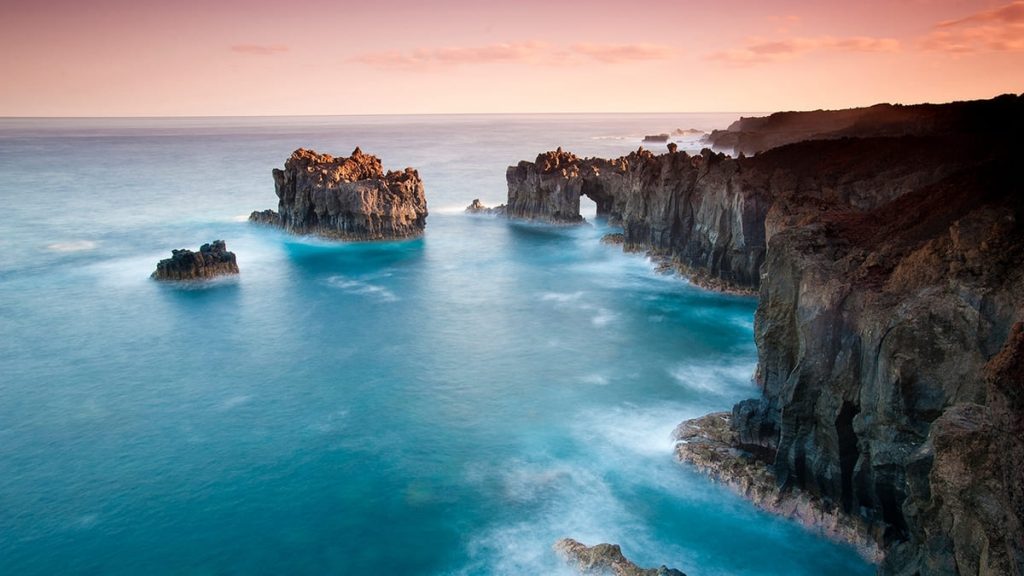
Declared a biosphere reserve in 2000, El Hierro is far from the conventional tourism of the big islands. Itremains a destination for people who prefer nature in its purest state. The island is the ideal place for hiking and water activities such as diving and underwater fishing.
Why it is known as "Meridano Island".
The island, historically, has been known by numerous names before reaching its current denomination. Ombrion, Capararia, Pluvialia, Eseró or Hero, are some of the best known designations. But, without a doubt, the name "Island of the Meridian" is the one that hides the most famous story. It is attributed to Ptolemy. This was a Greek-Egyptian astronomer who placed, in the second century, the Zero Meridian at the west end of the island, coinciding just with Orchilla Point. It remained so for centuries until it was moved to Greenwich in 1884.
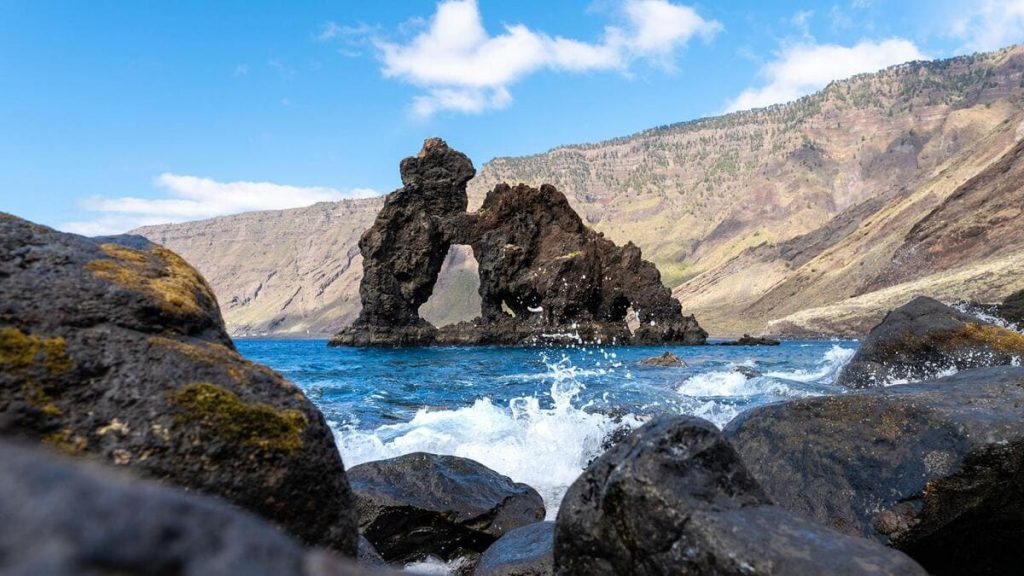
The first settlers of El Hierro like Ferinto
The first known settlers of the island were the bimbaches. This is the name given to the aboriginal Canary Islanders who lived on El Hierro from at least the year 120 AD until the conquest at the beginning of the 15th century by Juan de Bethencourt. The Bimbache left numerous petroglyphs, such as the signs of El Julan. These are the most extensive and significant, where you can also see the remains of the ancient meeting place of the aborigines called "Tagororor".
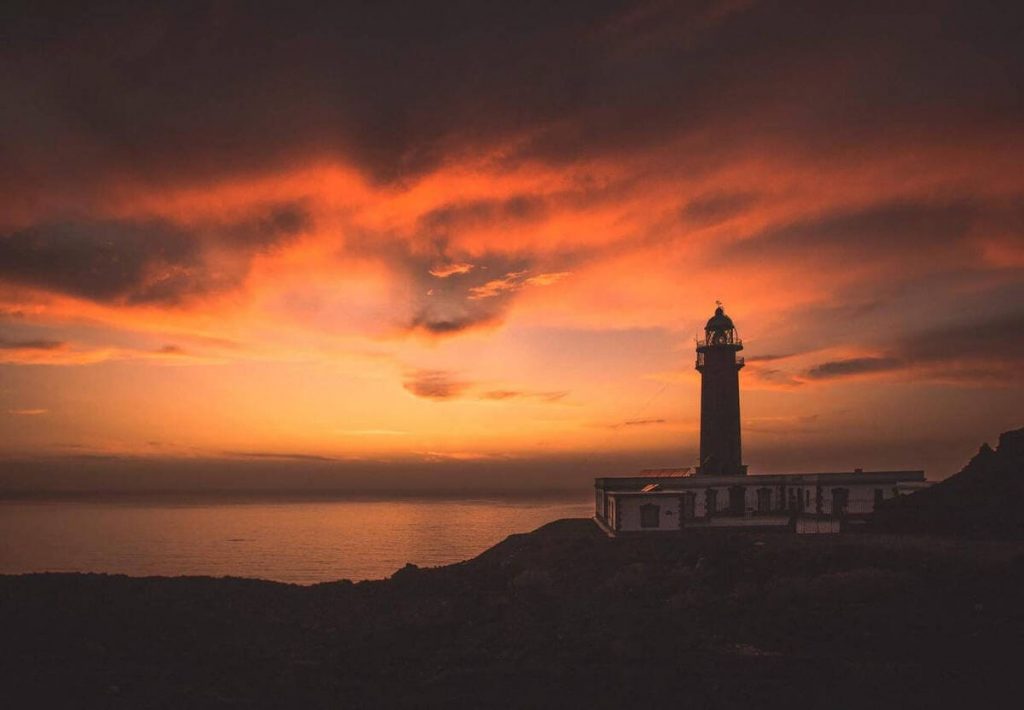
The legend of the cry of Ferinto
Legend has it that when the conqueror Juan de Bethencourt arrived on the coast of El Hierro, there lived on the island a bimbache named Ferinto. He was known for his indefatigable fighting spirit, besides being a real headache for the conquerors, whom he harassed incessantly. Always pursued, Ferinto always managed to elude his enemies with uncommon agility.
But the elusive bimbache was betrayed by one of his companions. This one sold the whereabouts of the brave Ferinto to the conquerors who without delay went to capture him. Faced with the surprise arrival of the conquerors, Ferinto fled as fast as he could. But the road was cut off by a deep ravine.
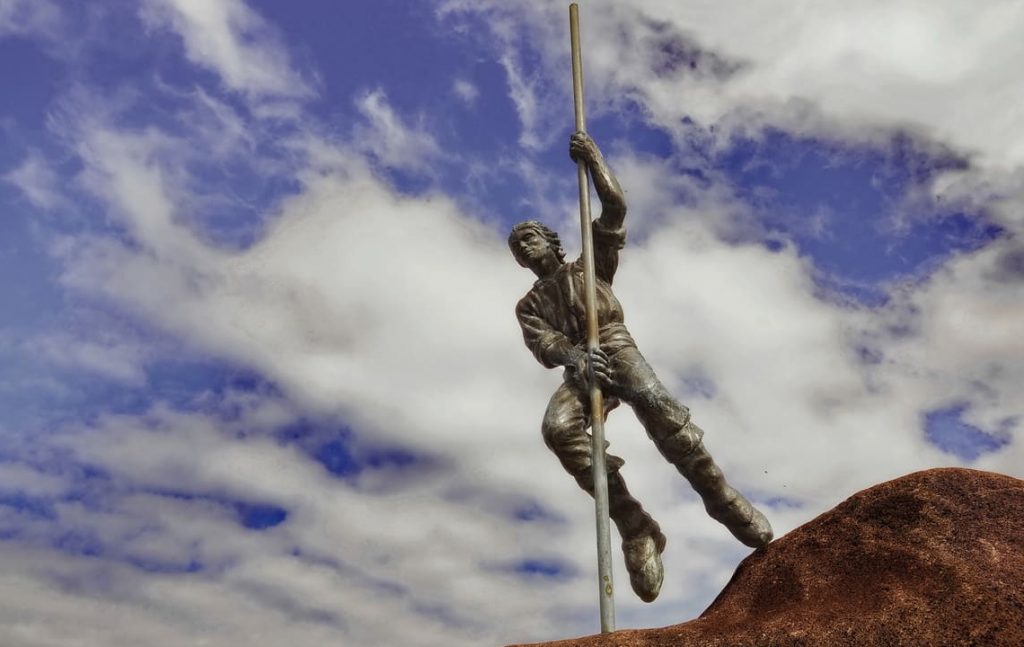
Caught between the abyss and his enemies, the bimbache pondered for a moment the meaning of his existence. To his mind came the desolate idea of defeat, of the loss of everything he knew at the hands of strangers who treated his brothers like slaves. More willing to die than to live, Ferinto made a run for it and jumped, but to his surprise, he managed to cover the stretch between the two sides of the ravine. This gave its name to the Salto del Guanche, located near Valverde, the current capital of the island.
Sadly, his already legendary feat only succeeded in delaying the inevitable a little longer as the conquerors began to surround him. Seeing himself in this situation, he put up his last stand. When he saw himself almost defeated and without hope, he uttered a resounding cry that crossed the island from side to side. This reached the ears of his mother. The poor old woman, on hearing the piercing cry of her son and noticing his despair, knew instantly that Ferinto had fallen at last.
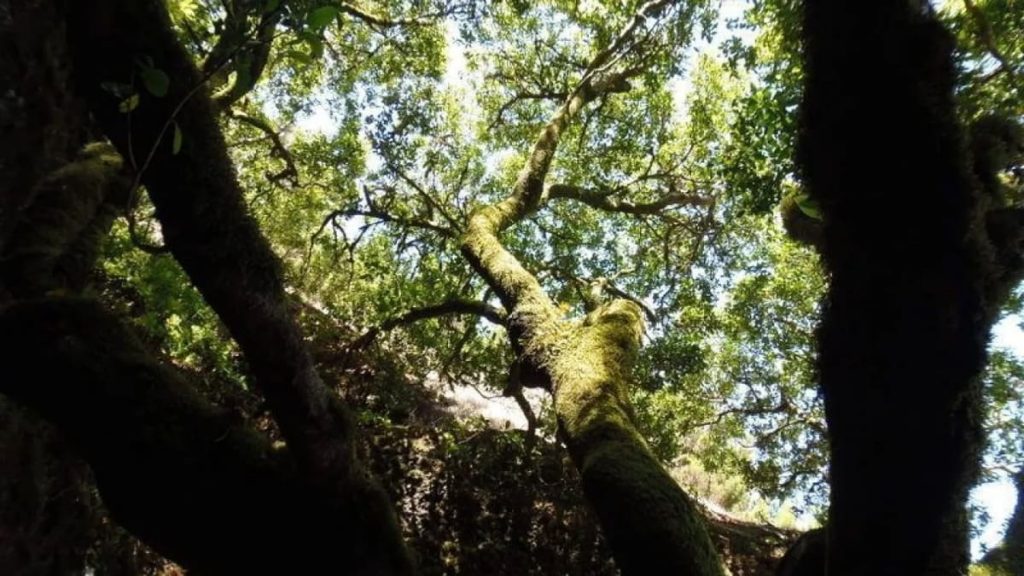
The legend of El grito de Ferinto is part of the stories of the island of El Hierro. So is the story of the sacred tree of El Hierro, the Garoé tree. We talk more extensively about this legend in this article: Árbol Garoé, the sacred tree of El Hierro.
The Canary Islands is a land with a thousand things to see, explore and learn about. If you are interested in knowing more interesting facts about the Canary Islands, its culture and traditions, we leave you below the link to the section Culture and traditions.
Paula Vera
Photos: holaislascanarias.com, xlsemanal, villagrancanaria.com, canariasconfidencial.com
